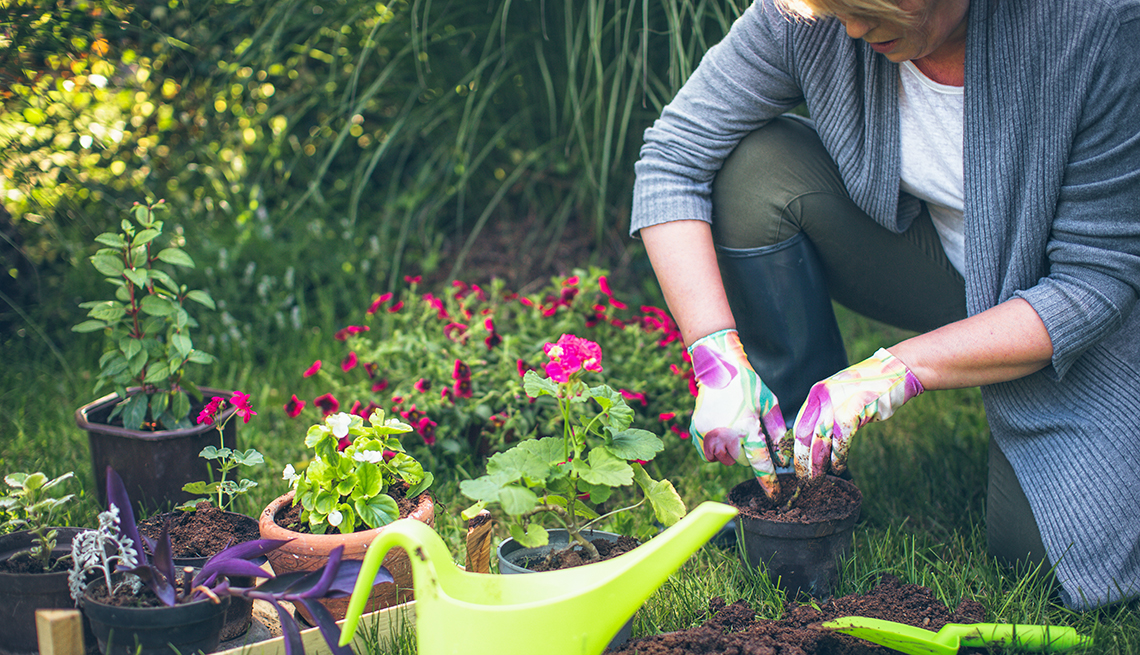How three simple steps saved my garden...

In boxing, every fighter finally fights in the ring with a particularly cunning opponent. But as the saying goes, "you have to roll with your punches." And in horticulture, Mother Nature also seems to have an inexhaustible supply of shots, tops, round houses and hayfields to keep us on our feet. But whether you're a heavyweight champion or a newcomer to horticulture, you get knocked down from time to time, it doesn't mean you're not fighting. I am living proof of that.
I made some big mistakes in my garden in 2014. Not just big mistakes. I'd even call one of them an epic that could have caused a disaster. But I didn't just get up off the carpet, I got up with an impulse to win what could be the most productive gardening season of my life.
Here's the thing. Mistakes - or, as I prefer to call them, opportunities - are inevitable.
No two years are the same, and Mother Nature always plays an important role. But whatever the challenges, the best gardens can stand the test of time.
In my case, a garden that was already too crowded was attacked by disease. But this unpleasant situation was exacerbated by the garden soil, which from the beginning was spoilt by spoilt compost.
I did not know that the composted horse manure I used was contaminated with persistent herbicides.
When I worked with it in my beds, I actually killed a lot of things in the garden before they were even planted. For many gardeners, that would be the constant number of eight. I shaken it up and desperately tried to regroup.
Gardeners know that "there's always tomorrow", but often what you did yesterday can make a difference.
Fortunately, my garden was able to recover from this almost catastrophe, thanks in large part to my previous efforts to build a solid foundation and my quick action, taking corrective action while I still had time.
These are the three important things I did in 2014 to recover from the great losses in less than 12 months and finish in 2015 with a lush, blooming garden.
1. I added organic material. A lot. Never underestimate the value of building healthy land.
Even the best soil can't guarantee that a garden will be pest and disease free, but it can do a lot to mitigate the effects and ensure faster recovery. Focus on adding dead plant material, kitchen waste and safe fertilizer to increase production of organic-rich soil.
After I was soaked in contaminated manure, my regrouping efforts included adding fresh compost, which I mixed several inches deep.
Compost, which can be easily prepared at home, bought loose or in bags, is the best source of organic matter and the key to the overall health of any soil.
If you do it at home, you can be sure that you know exactly what is involved in its production. However, if it is bought either loose or in bags, you will not know. If you want the next best thing, look for "Certified Compost", which is approved by the US Composting Council.
Many soil organisms can filter, buffer, decompose, immobilize and detoxify both organic and inorganic materials that can be potential contaminants.
I believe that my biologically diverse soil is responsible for faster recovery, but it has also served as the basis for the conservation of my soil and as a catalyst for introducing into the stratosphere next season's plant productivity.
2. I added minerals. In native soils, a typical mineral combination is a mixture of sand, silt and clay with (ideally) equal proportions of each of them. But garden soil brought in by a bag or truck can be completely free from minerals. Instead, it can be pure organic matter, too much.
A balanced soil needs both, and that in reality many more minerals are needed than organic matter. So while my new raised beds were full of trucks with rich soil, they lacked the important minerals my plants needed to thrive.
I bought loose soil mixed with a generous amount of minerals from granite dust and added them to my garden seedbeds. This gave my plants the growing conditions they needed to thrive.
3. I added more mulch. Doesn't look like it matters. But the results could be, and they definitely were for me.
I almost always fill my mulch beds when I plant something. But last year, when I didn't get good results, I missed that step. What a huge mistake! The difference between a season of mulching and a season without mulching was, to say the least, dramatic.
With mulch, my plants stayed moist for longer. The weeds were rare. There were no diseases. And the plants themselves were healthier. Even the pests remained easy to control because flowering plants were less attractive to pests than weaker, more warrior plants.
Here we go: Three simple but significant actions that have had a huge impact on my garden this year. None of them were thought-out, none were expensive, none were difficult to implement. And the results were incredible.
I may have scored a big hit in the first rounds, but thanks to the disciplined preparation, good basics and methodical plan of the game, I was able to beat the garden nightmare that almost dragged me into the ropes.